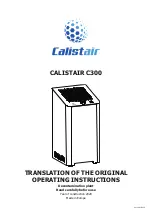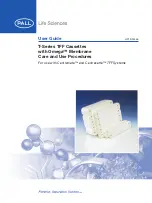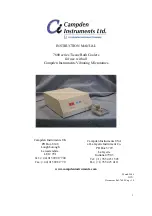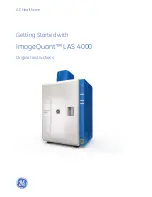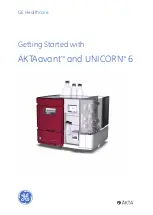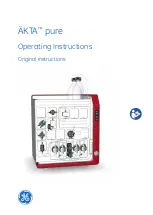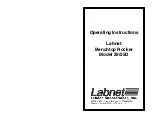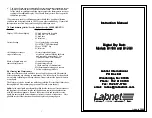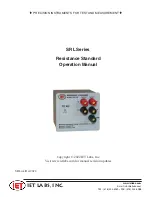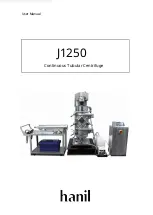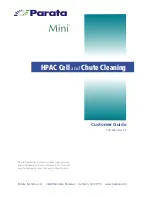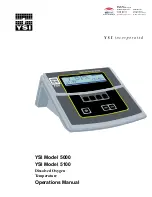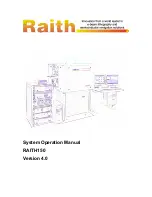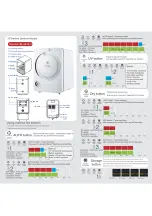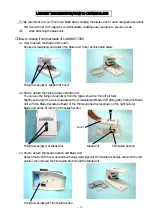
®
Model No. AP-8210A
Historical Information
012-13093B
13
Historical Information
Historical Notes
The Greeks were the first to report the effects of electricity when they recorded that rubbed amber attracted light
objects. However, theories explaining this phenomenon did not emerge until 1747, when Benjamin Franklin pro-
posed that an electrical fluid or fire existed in certain amounts in all matter. An excess of this fluid in matter would
produce a positive charge and a deficiency of this fluid would produce a negative charge. A slightly different the-
ory was put forth by the physicist Symmer twelve years later. He proposed that matter in a neutral state shows no
electrical properties because it contains equal amounts of two weightless fluids, which were called positive and
negative electricity respectively.
Franklin also postulated the existence of an electrical particle small enough to easily permeate matter. Faraday’s
experiments in electrolysis, which demonstrated that when a current is passed through an electrolyte, the masses of
compounds deposited at opposite electrodes are in proportion to the chemical equivalent weights of the com-
pounds, also supported Franklin’s concept of an elementary electrical particle. The fluid theories, along with a the-
ory explaining electricity as a state of strain in matter, were the prime explanations of electrical phenomena until
late in the 19th century.
Early Determinations of
e
The word “electron” was first suggested in 1891 by Dr. G. Johnstone Stoney as a name for the “natural unit of elec-
tricity,” namely, that quantity of electricity that must pass through a solution in order to liberate at one electrode
one atom of hydrogen or any univalent substance. It would follow that the charge of the electron multiplied by the
number of molecules in a gram mole would give the amount of electricity required to deposit one gram mole by
electrolysis. This quantity had been determined by Faraday to be 9650 absolute electromagnetic units of electric-
ity. Using this method, Stoney obtained a value of 0.3 x l0
-10
e.s.u. (The Kinetic Theory provided the basis for
Stoney’s estimation of Avogadro’s number).
The first experimental attempt to measure the charge of an ion was made by Townsend in the late 1890’s. He had
observed that during electrolysis of sulfuric acid, positively charged hydrogen and oxygen gasses were produced
(although there were one million million neutral molecules to every charged one). This method was used to pro-
duce an ionized gas that was then bubbled through water to form a cloud. For his determination of e Townsend
proceeded in the following manner:
1.
He assumed that in saturated water vapor each ion condensed moisture about it, so that the number of ions
was the same as the number of droplets.
2.
He determined with the aid of a quadrant electrometer the total electrical charge per cubic centimeter carried
by the gas.
3.
He found the total weight of the cloud by passing it through drying tubes and determining the increase in
weight of these tubes.
4.
He found the average weight of the water droplets constituting the cloud by observing their rate of fall under
gravity and computing their mean radius with the aid of a purely theoretical law known as Stokes’ Law.
5.
He divided the weight of the cloud by the average weight of the droplets of water to obtain the number of
droplets which, if assumption 1 is correct, was the number of ions, and he then divided the total charge per
cubic centimeter in the gas by the number of ions to find the average charge carried by each ion, that is, to find
e.
1
1
Condensed from Robert A. Millikan’s book, The Electron (University of Chicago Press, Chicago, 1993, pp. 45-46 and used with per-
mission of the publishers.
Townsend achieved results in the range of 3 x l0
-l0
e.s.u. for
e
. J. J. Thompson, in 1900, used a method similar to
Townsend’s and obtained a value of 6 x l0
-l0
e.s.u. In both of these methods, however, the first assumption (each























